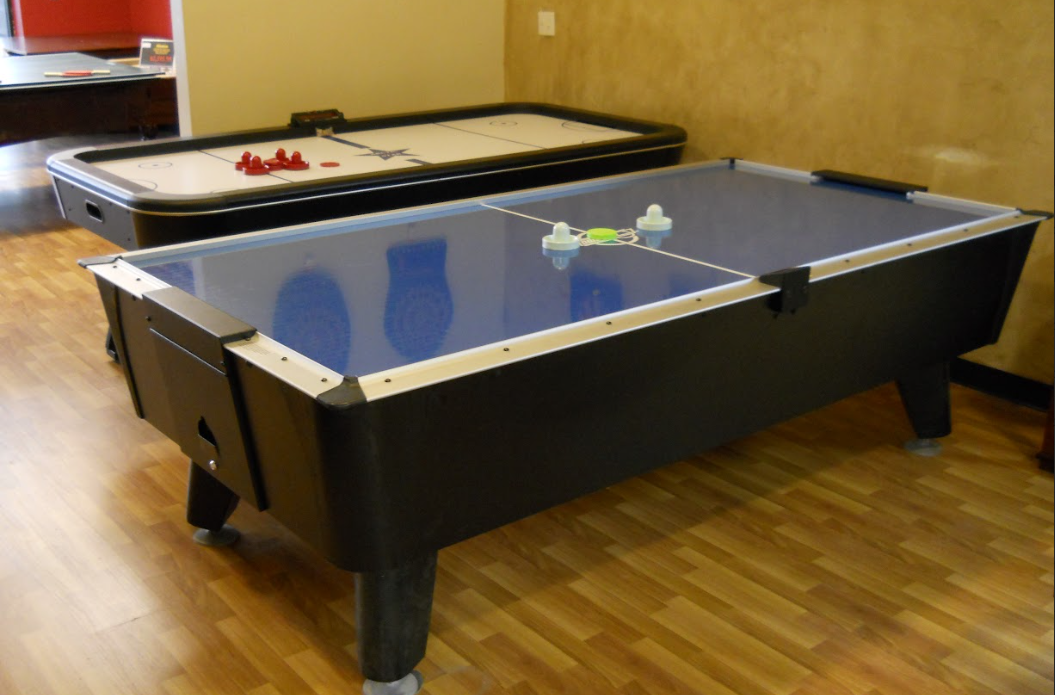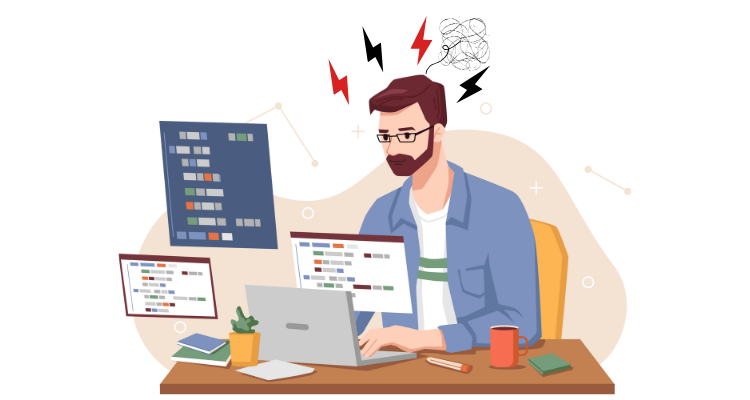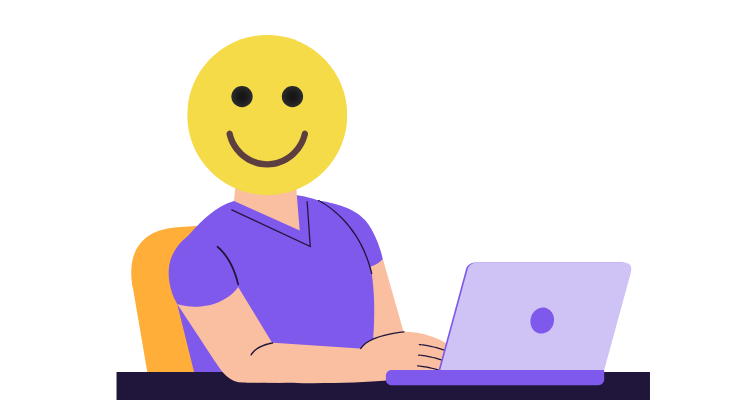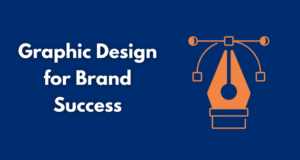Coding is intense, mentally demanding, screen-heavy, and often nonstop. For developers, especially those deep into long sprints or crunch cycles, it’s easy to get caught in a loop of overwork without stepping away.
But here’s the problem: constant focus without proper breaks can lead to serious digital fatigue, burnout, and reduced problem-solving ability. In fact, more developers are now reporting stress-related exhaustion than ever before.
That’s why smart dev teams and individuals are rethinking their workspaces and adding playful, low-effort wellness tools that actually work. One standout solution? The Telluride air hockey table.

It’s not just about play, it’s about purpose. This table brings movement, social interaction, and quick mental resets right into your workspace, making it perfect for tech teams looking to stay sharp without burning out.
Table of Contents
ToggleThe Mental Load of Being a Developer
Writing code might look quiet on the outside, but inside a developer’s mind, it’s nonstop decision-making and problem-solving. Every function, every logic flow, every bug fix, it’s all mentally taxing. Over time, this leads to cognitive fatigue.
Add to that long hours in front of screens and little physical movement, and the result is more than just tired eyes. It’s a full-body slowdown that affects productivity, creative thinking, and even memory.

These habits build up quietly but hit hard, often when developers least expect it. That’s why regular, intentional breaks aren’t optional, they’re essential.
Why Passive Breaks Aren’t Enough
Not all breaks are created equal. Taking a few minutes to scroll through social media or watch random videos might feel like downtime, but it doesn’t actually help your brain reset. These passive breaks still keep your mind plugged in, offering little real recovery.
On the other hand, physical activity, even in short bursts, helps clear mental clutter and reboots focus. It boosts circulation, releases tension, and gives your brain a real moment to breathe.
For developers, the ideal break is something low-effort but high-impact. That’s where a quick air hockey match at the Telluride table can do wonders, light movement, friendly interaction, and a mental reset that doesn’t feel like work.
The Power of Active Play: Why Air Hockey Works
Air hockey hits the sweet spot for active breaks, it’s quick, energizing, and doesn’t need a big setup. In just a few minutes, it gets you moving, sharpens your reflexes, and wakes up your mind.
Playing improves reaction time, coordination, and mental alertness, skills developers use daily but rarely train away from the screen. Unlike going to the gym or stepping out for a walk, air hockey requires no gear changes or time-consuming prep. Just step away from your screen, grab a paddle, and reset your brain.
It’s the kind of movement that fits naturally into a tech workspace, efficient, refreshing, and genuinely fun.
How It Supports Focus and Flow
Short bursts of physical activity, like a fast-paced air hockey game, can work wonders for a developer’s mental clarity. Research shows that brief active breaks help reduce cognitive overload, restore attention, and improve overall focus.
When you’re deep into a coding sprint, it’s easy to hit a wall. A quick, energizing break allows your brain to reset without losing momentum. Air hockey is especially effective because it keeps your body engaged while giving your mind space to breathe.
Unlike long breaks that risk breaking your flow, this kind of active pause helps maintain rhythm. It recharges your brain just enough to come back sharper, without pulling you too far from your zone.
Real Benefits You’ll See

Incorporating active breaks into your workday, like a quick round of air hockey, brings real, noticeable improvements:
- Higher sustained productivity: Short bursts of movement help developers return to work with sharper focus and fewer errors.
- Better team mood and energy: A friendly match can break the tension, spark laughter, and strengthen team bonds.
- Fewer physical side effects: Regular movement helps counteract eye strain, neck stiffness, and posture fatigue from long hours at the desk.
- Enhanced creativity and faster debug recovery: Stepping away often leads to fresh perspectives. When you return, the tricky bug might not seem so tricky anymore.
These small shifts can lead to big gains for individuals and the entire dev team.
Setting It Up in Your Dev Space
Getting the most from your Telluride air hockey table starts with smart setup. Here’s how to make it seamless:
- Measure your space: Make sure there’s enough room for gameplay and easy movement. Most home offices or startup spaces can accommodate a compact or mid-size table without disruption.
- Pick the right spot: Place the table in a visible and easily accessible area to encourage regular use, near the break area, beside a whiteboard wall, or even at the center of a chill zone.
- Check for power access: If your table needs a power supply for fans or lights, plan placement near an outlet or use a surge-protected extension cord.
- Simple to assemble: Most air hockey tables like the Telluride come with straightforward instructions, setup usually takes under an hour with two people.
With just a little planning, your dev space can double as a low-key wellness zone that boosts morale and performance.
Final Thoughts: A Smarter Break for Better Code
Coding demands intense focus, and over time, that mental strain adds up. Smart, active breaks aren’t just a luxury, they’re essential. Tools like the Telluride air hockey table offer more than just fun. They reset your brain, ease physical tension, and create moments of movement that sharpen your thinking.
If you want better flow, sharper problem-solving, and a happier dev environment, it might be time to trade your scroll break for a quick game instead.









